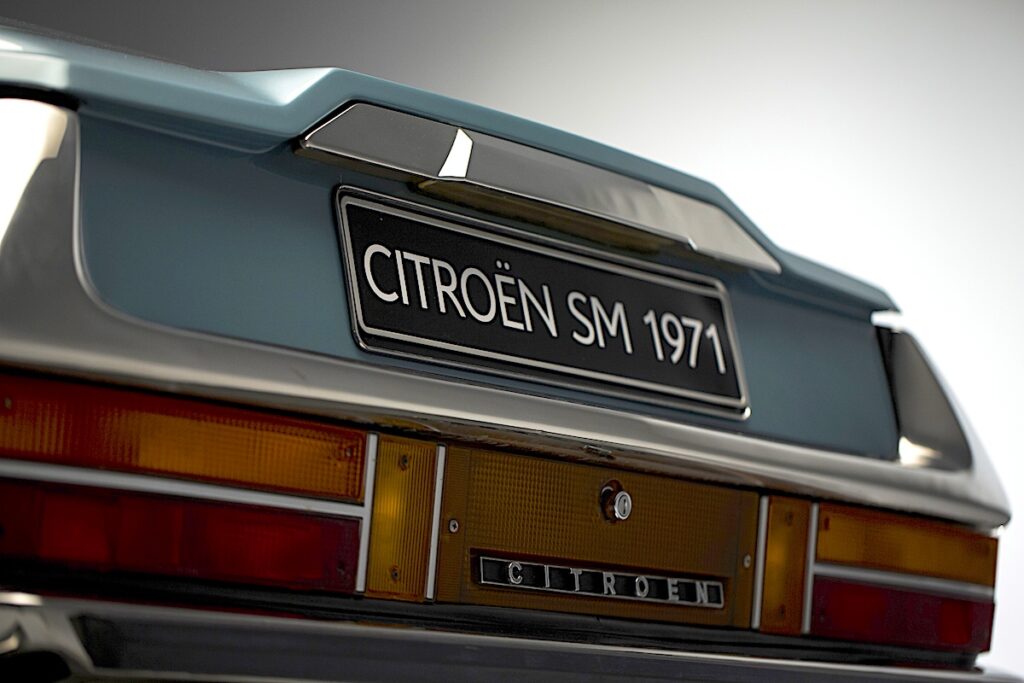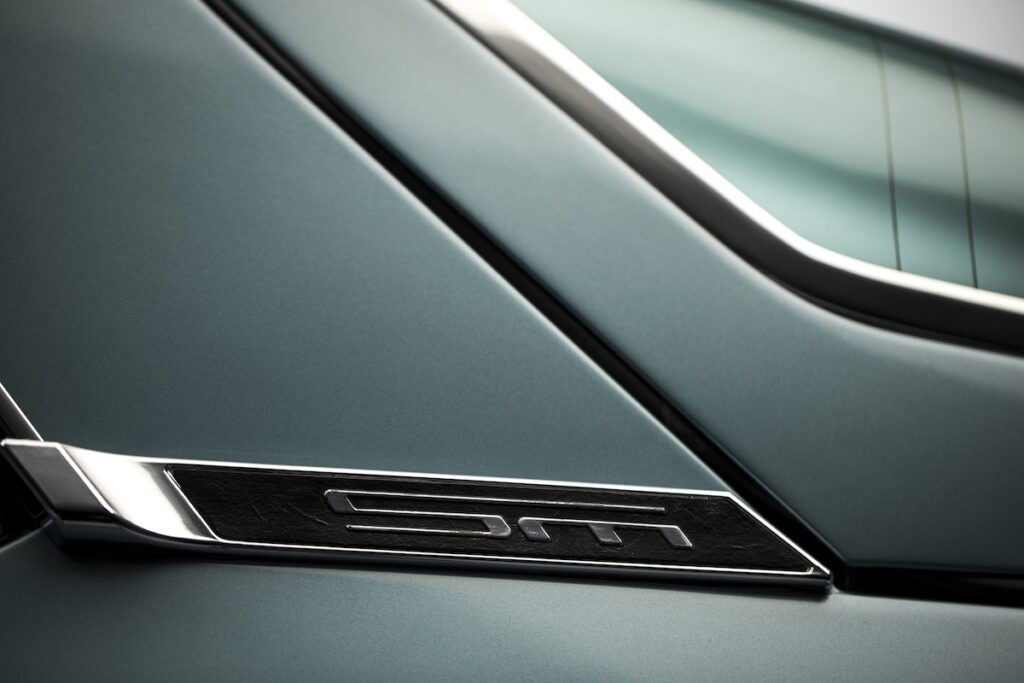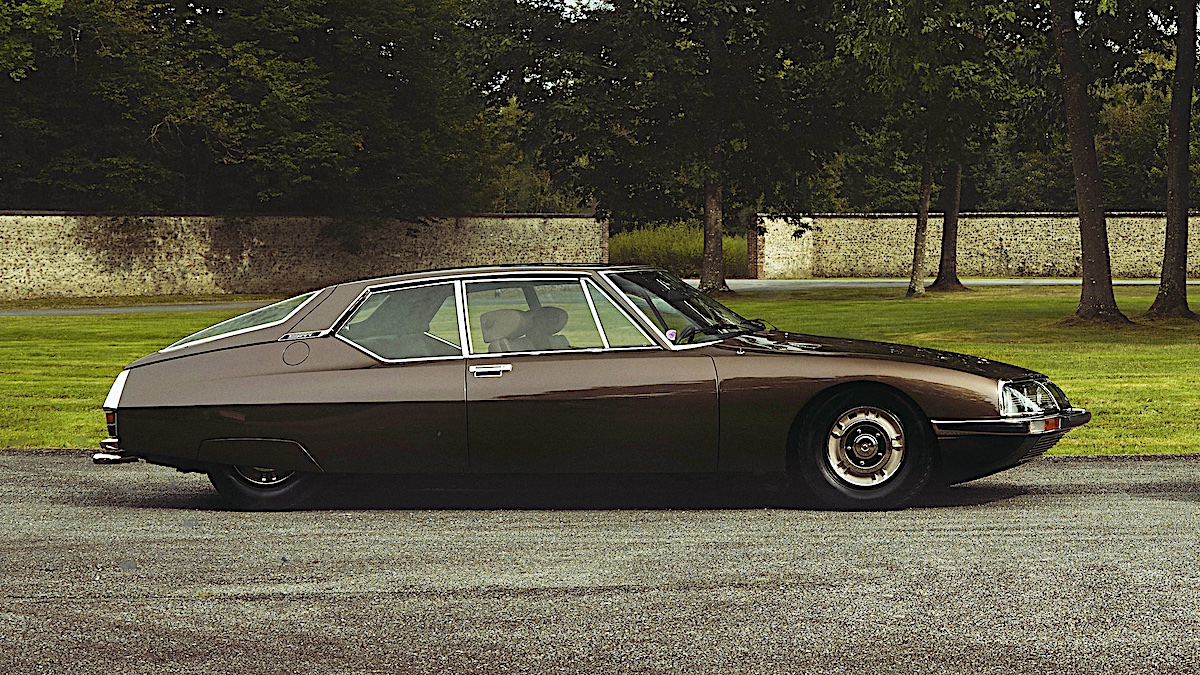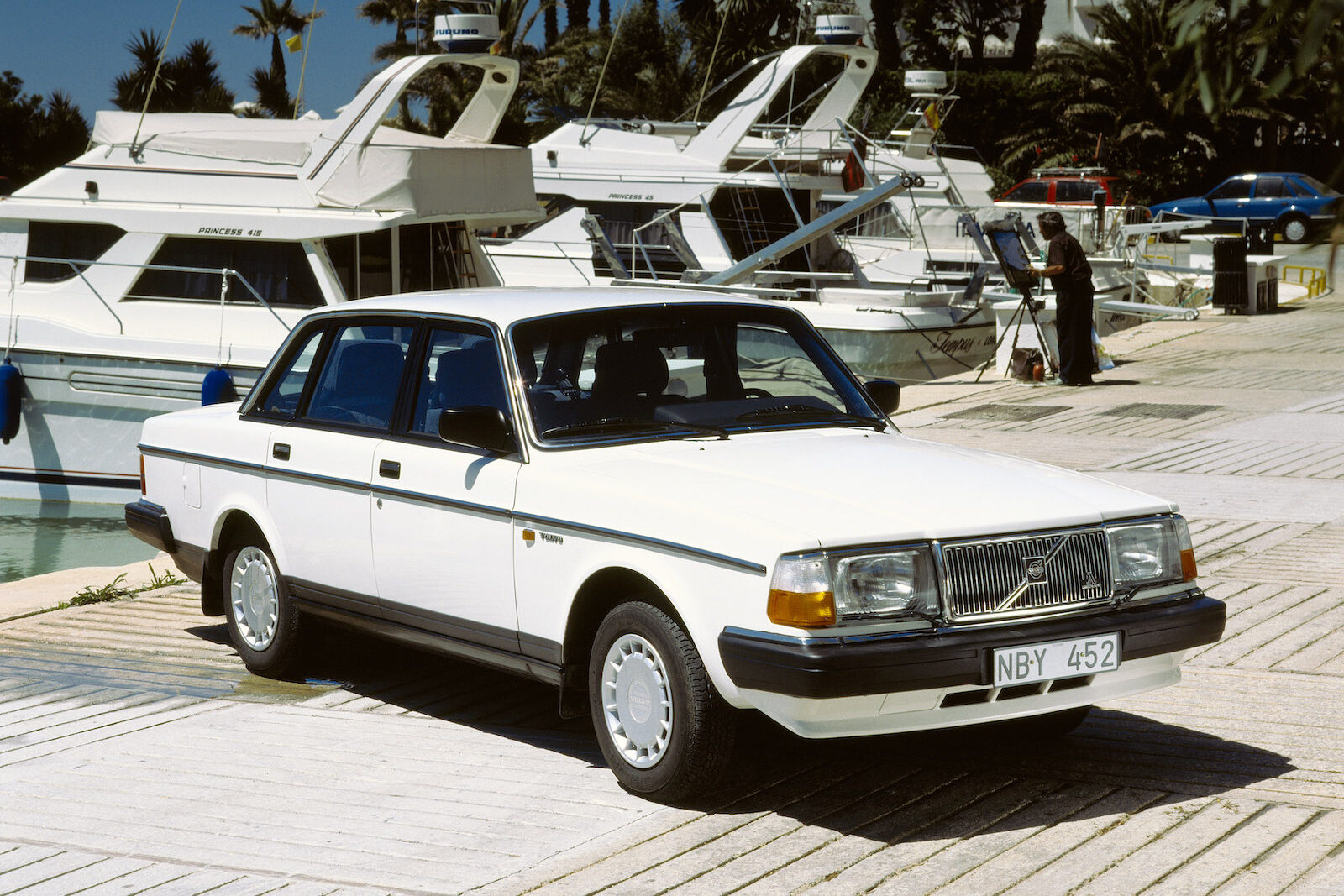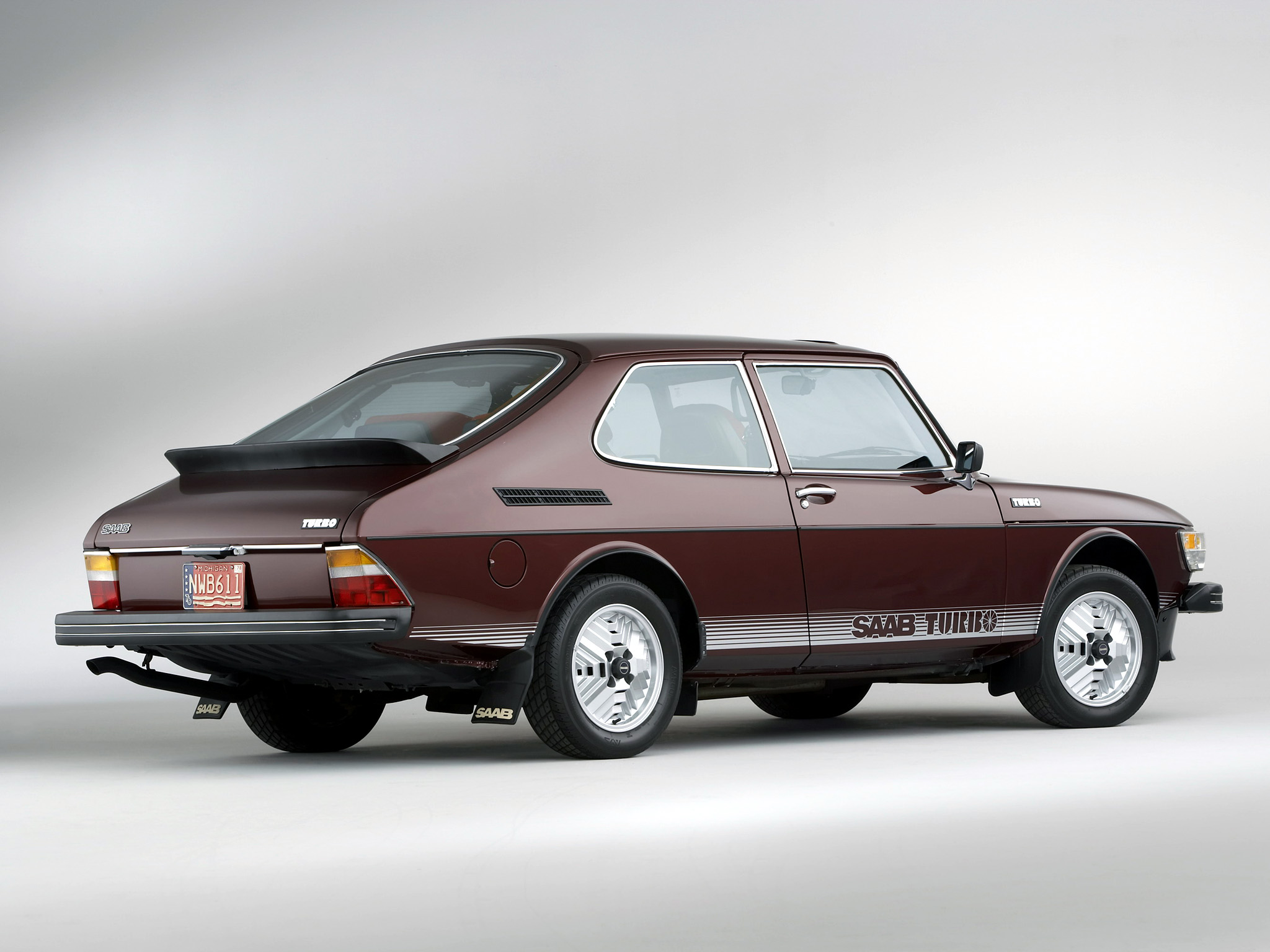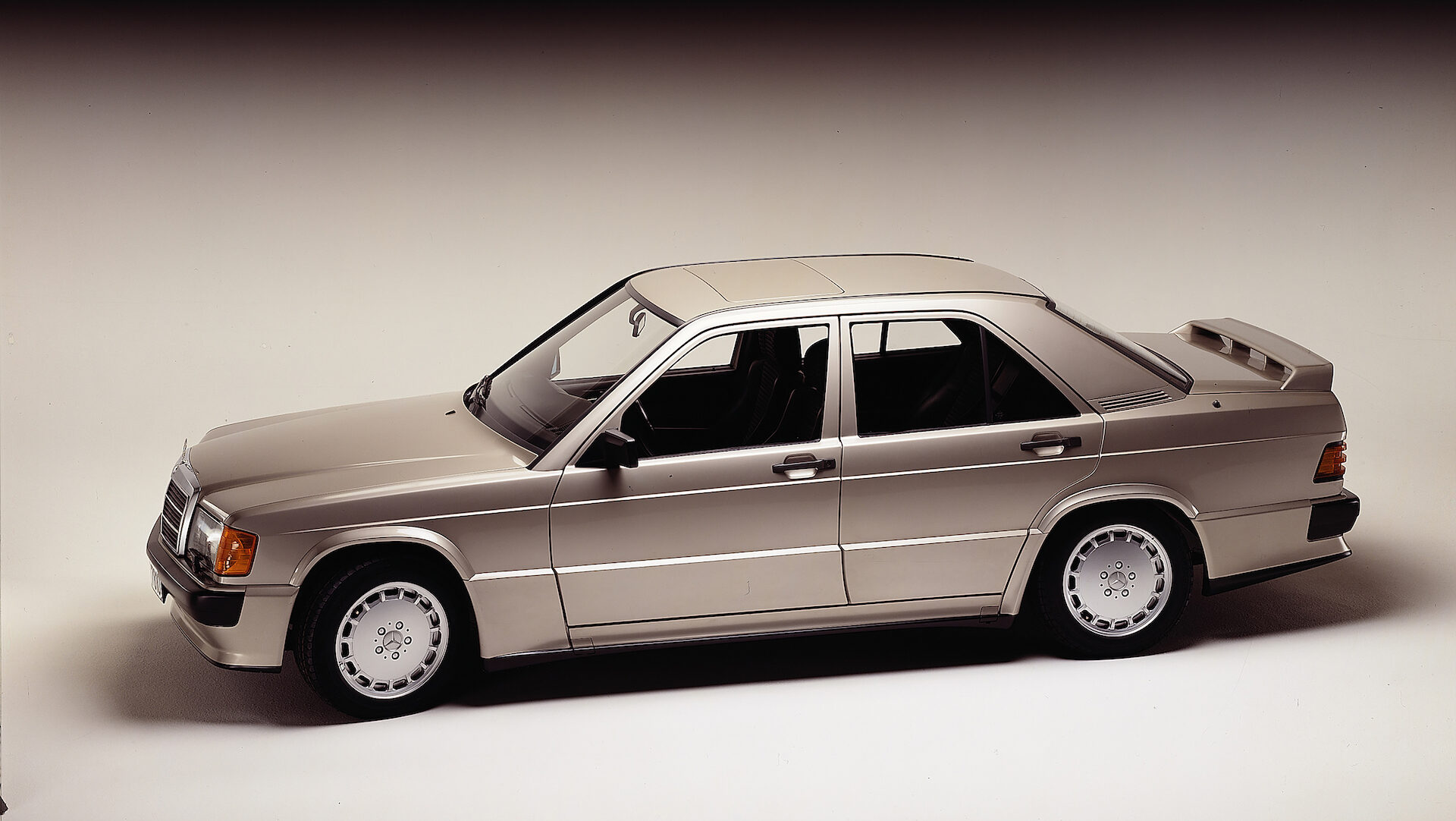A two-plus-two grand tourer measuring almost five-metres long, styled by a former protégé of Harley Earl, engineered and built in France and powered by a highly-strung Maserati V6 engine. On paper, it’s hard to imagine anything sounding worse. Or better…
Citroën’s SM (‘Serie Maserati’) came along in 1970, after one of several low ebbs in the innovative car maker’s history. Michelin, which had controlled Citroën since the carmaker’s 1934 bankruptcy, had restructured it in 1968, selling 49 percent of the holding company to Fiat.
Maserati became part of the package. The timing seemed ideal: since the early-1960s, perhaps stung by criticism of the early DS’s underpowered, three-bearing engine, Citroën had been developing a project called “D Sport”.

The target was for a two-door, performance DS capable of cruising at 200km/h, but the Maserati connection suddenly encouraged a sports-luxury approach. The Italians quickly designed a new, quad-cam V6 engine of 2.7-litre capacity to fit French road taxes, with a 3.0-litre for export. Its 90-degree ‘vee’ hinted at V8 origins; it certainly simplified engine production in Modena.
The elegant, futuristic SM body was penned by Robert Opron in consultation with former GM designer Henry Lauve. The latter’s input was valued, as Citroën planned US exports from the beginning.
The design emphasised lightness with plenty of glass, including (on European versions) a full-width front panel that concealed the rego plate and six rectangular lamps, and a staggeringly expensive, complex-curved rear window. The SM’s aerodynamic 0.27Cd body is still remarkable today.

In terms of body structure, suspension and hydraulics, the SM was a close cousin, rather than sister, of the DS. At 4893mm long on a 2946mm wheelbase, the SM was almost 100mm longer and 50mm wider, albeit on a 178mm shorter wheelbase.
Aside from its traffic-stopping style, the SM lacked little in technological advances, including the hydropneumatics of the DS. Suspension pioneer Paul Magès had by now conceived a self-centring, speed-related hydraulic power steering system; the steering, brakes and constantly-levelling headlights and ‘steering’ driving lights are all piped to the suspension.
The all-alloy, DOHC Maserati V6 was tiny, measuring just 31cm long and weighing 140kg. In DS fashion it sat longitudinally behind the front axle, with the five-speed manual gearbox ahead. Early, Weber-carburetted versions made 127kW, powering the 1450kg SM to a top speed of 220km/h. Later Bosch D-Jetronic injection wrought 134kW and a higher 230km/h top speed. A 3.0-litre carburetted version was fitted to US-bound, three-speed auto models.

The SM’s dramatic interior blended architectural elegance with hints of ’70s chintz. Hammock-styled front buckets suggested sporty grand-touring aspirations (and zero lateral support). The cabin was very light and airy, if only spacious for those in front. The single-spoked steering wheel and bizarre brake ‘button’ were long-standing Citroën trademarks.
The SM was launched at Geneva in 1970, reaching showrooms by the end of the year. Those who bought them would swing between pure bliss at the car’s comfort (for front occupants, at least), handling and grand-touring performance, and relationship-ending frustration at the Maserati engine’s unreliability and servicing expense.
A total of 12,920 SMs were built, more than 2000 of those going to the US and Canada. Annual production peaked in 1971 with 5000 built; the last 100 or so cars to trickle off the line in 1975 were built not at the Quai Andre Citroën plant in Paris, but by Ligier, in central France.

By then, the oil crisis was in full swing and Citroën had gone bankrupt again, surrendering to the ownership of Peugeot in 1974.
In its short production life, however, the unique SM won friends in very high (and/or very low) places. Two SM “Présidentielle” four-door laundalets were built by Chapron coachbuilders for President Georges Pompidou and both cars remain in the Élysée Palace fleet to this day.
Stoners Cheech and Chong, guitarist Carlos Santana and ace racer Mike Hailwood each owned an example, while notorious Ugandan dictator Idi Amin had seven of them.







